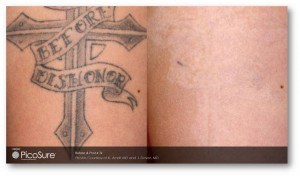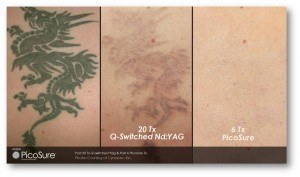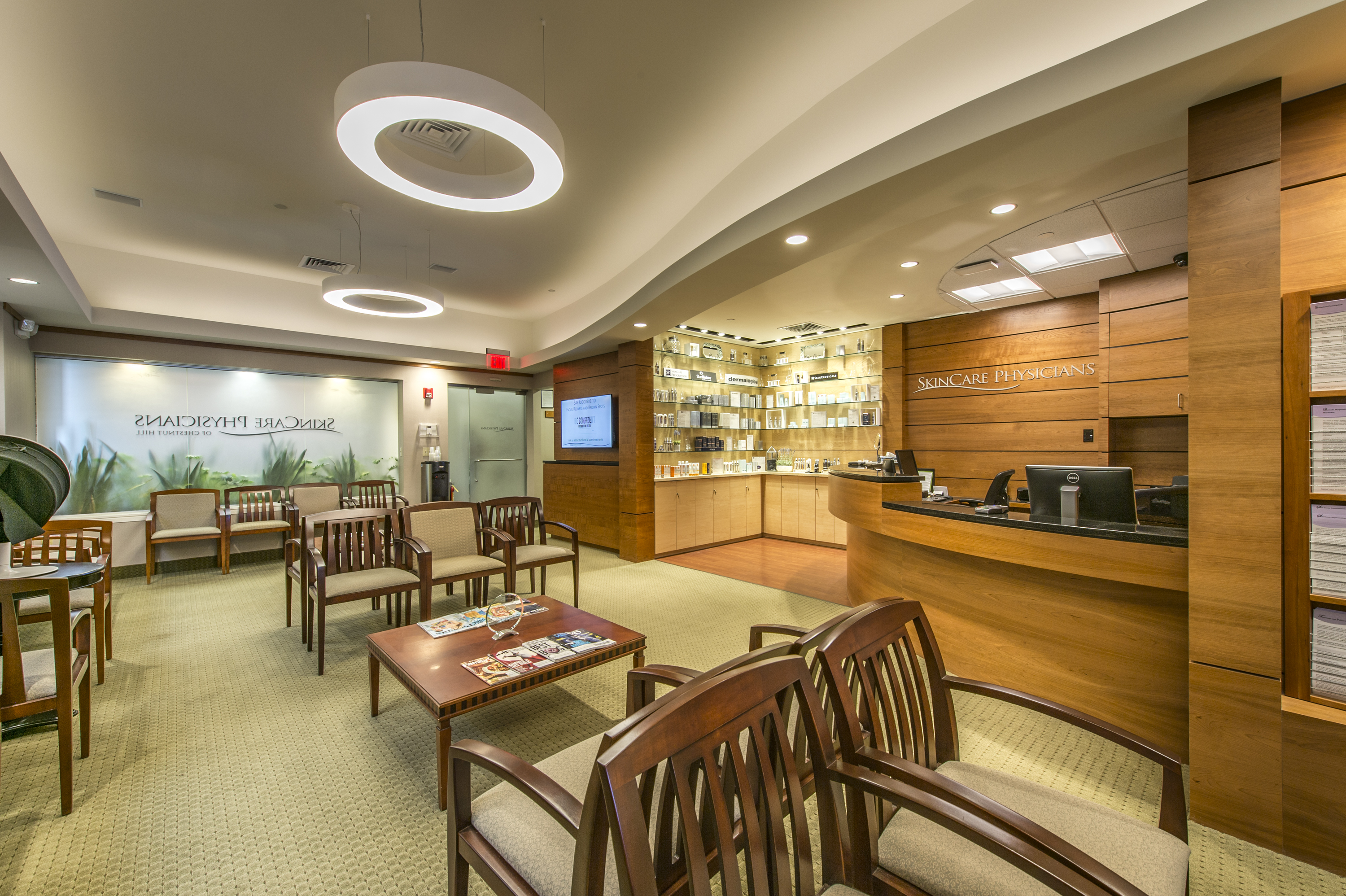- Home
- Blog
- Laser Tattoo Removal
- The tattoo removal revolution is entering its second phase
The tattoo removal revolution is entering its second phase
 Tattoos are becoming increasingly prevalent in Western society. One U.S. survey found that 24% of respondents had tattoos. The 2006 “Gen Next” Pew Research Center survey found that 40% of respondents aged 26 – 40 have tattoos. This number is expected to continue to rise, and along with it an increased number of patients will consult their dermatologist for tattoo removal. Luckily advances in selective short pulsed laser treatment are revolutionizing their removal and are available at SkinCare Physicians for patients who have tattoo regrets in the Boston area.
Tattoos are becoming increasingly prevalent in Western society. One U.S. survey found that 24% of respondents had tattoos. The 2006 “Gen Next” Pew Research Center survey found that 40% of respondents aged 26 – 40 have tattoos. This number is expected to continue to rise, and along with it an increased number of patients will consult their dermatologist for tattoo removal. Luckily advances in selective short pulsed laser treatment are revolutionizing their removal and are available at SkinCare Physicians for patients who have tattoo regrets in the Boston area.
First breakthrough in tattoo removal: The Q-switched laser
The introduction of quality-switched (Q-switched) lasers 20 years ago first revolutionized tattoo removal. These lasers, which are still used to this day, emit nanosecond (billionth of second) pulses of energy that are absorbed by specific pigments, with relative sparing of surrounding tissue. The energy is converted to heat within the tattoo pigment, which fragments them into smaller particles that are cleared by the lymphatic system.
The goal of treatment with all Q-switched lasers is immediate tissue whitening. The original short pulsed lasers can effectively remove blue, black, and green tattoos, as well as purple, lighter blue and turquoise, and red and orange tattoos
While amateur carbon-based tattoos usually clear in three to six sessions, professional tattoos are a different story. In spite of the original excitement when Q-switched lasers were first developed for scar-free tattoo removal, experience has been somewhat disappointing. While it was originally thought that six treatments would clear most professional tattoos, it often takes way more than twelve treatments and as many as 18 or more treatments and total clearing is uncommon.
Emerging technology in tattoo removal: the picosecond laser
 The latest and greatest new technology for tattoo removal, also based on pigment fragmentation, employs even shorter pulses, in the picosecond [trillionth of a second] domain, in an effort to achieve better clearance of tattoos.
The latest and greatest new technology for tattoo removal, also based on pigment fragmentation, employs even shorter pulses, in the picosecond [trillionth of a second] domain, in an effort to achieve better clearance of tattoos.
Research performed at SkinCare Physicians spearheaded the 2013 FDA approval of the first market-ready Picosecond alexandrite laser, also called PicoSure, for tattoo removal. Our studies show the new PicoSure laser clears professional tattoos twice as fast as the previous best lasers with no increased risk of side effects (minimal blistering, crusting or pigmentation alteration) and less than 5% risks of scaring as seen with Q-switched lasers. The new picosecond technology erases black, blue and green tattoo colors more efficiently compared with other lasers and total clearance is possible, leading to a higher level of patient satisfaction.
While the price per PicoSure treatment is slightly higher than with other lasers, the overall cost to the patient may be lower as fewer treatments will be needed.
This very exciting development is wonderful news to dermatologists and of course to those with tattoo regret, an increasingly common phenomenon. However, remember that any of these tattoo removal procedures can be painful -much more painful than getting the tattoo itself- and local anesthesia is offered to help to tolerate the treatment.
For more information on tattoo removal procedures, including PicoSure, visit our website, or book a consultation online.



Leave a Reply